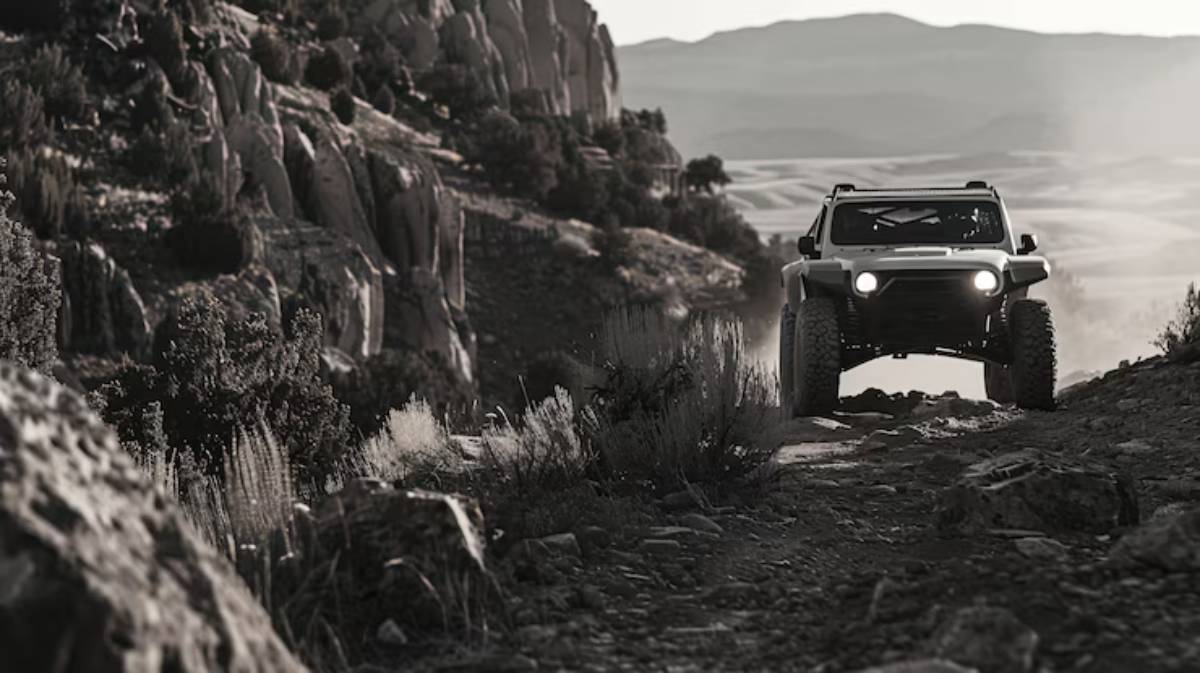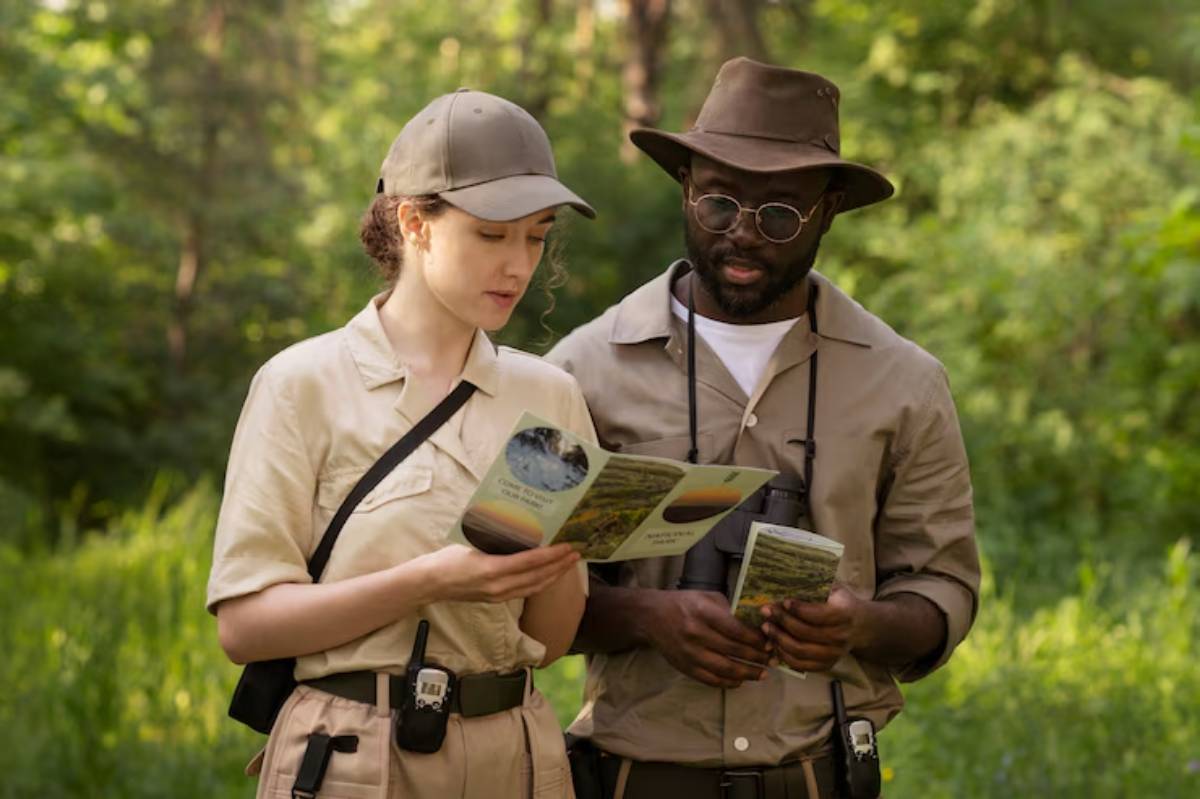
Permit and Access Rules for Off-Road Trails
You’ve found the perfect trail, loaded your rig, and punched in the coordinates—only to discover a locked gate or a ranger pointing out a missing permit. Sound familiar?
In today’s increasingly regulated outdoor spaces, knowing the access rules for overland travel is just as important as checking tyre pressure. Whether you’re heading through national parks, forest reserves, Indigenous lands, or protected public areas, trail access comes with expectations—and often paperwork.
This off-road permit guide walks you through the basics of permits, access rights, seasonal restrictions, and best practices for navigating trail regulations in 2025. From quick weekend trips to trans-regional journeys, this article helps you avoid fines, detours, and the headache of being turned around at the trailhead.
Why Access Rules Exist—and Why They Matter
Permits and access policies aren’t just bureaucratic red tape. They’re tools to protect.
- Fragile ecosystems
- Cultural and Indigenous heritage sites
- Wildlife habitats
- Waterways and erosion-prone areas
- Trail infrastructure and maintenance funding
Following these rules isn’t just legal—it’s respectful. Responsible off-roaders ensure the trail stays open for everyone.
Types of Permits You Might Encounter
Depending on where you’re travelling, different agencies and landholders may require permits.

1. National Park Access Permits
- Often required for day entry or overnight camping
- Can be purchased online or at entry gates
- Some parks limit vehicle numbers or require designated routes
2. State Forest and Reserve Permits
- Typically required for off-road vehicle use
- May include conditions like track closures, fire bans, or seasonal limits
3. Crown or Public Land Access
- In some countries (e.g. Australia, Canada), public land requires a 4WD permit
- Look for signage at access points or consult the ranger stations
4. Private Property and Indigenous Land Access
- Requires explicit permission—often via written request or online booking
- May involve cultural protocols or guided access only
5. Special Use or Event Permits
- Needed for group travel, filming, or organised overland events
- Apply well in advance; conditions vary widely
Each type comes with different enforcement mechanisms, from ranger checks to digital access gates.
How to Find Out What’s Required Before You Go
Trail access can change year to year or week to week.

Best Resources:
- Official park websites or apps (e.g. Parks Australia, US National Park Service)
- Trail apps like onX Offroad or Gaia GPS (some now flag permit-required zones)
- Local 4WD clubs or forums (updated intel and direct experience)
- Visitor centres or ranger stations
- Government portals (e.g. Victoria Parks, BLM, or regional councils)
Always confirm permit details before departure, especially for remote or high-traffic trails.
Common Access Restrictions You Should Know
Besides permits, you’ll likely encounter a few standard access controls.
Seasonal Closures:
- Implemented during wet seasons, fire seasons, or winter snowpack
- Aim to protect trail integrity and reduce erosion
Fire Bans:
- May restrict entry, vehicle use, or camping in extreme heat or drought
- Fines for violations can be severe
Environmental Conditions:
- Some tracks are closed after rainfall above a certain threshold
- Damage from driving in poor conditions can lead to long-term closures
Entry Hours:
- Certain trails may be day-use only
- Gates may auto-lock after hours
Keeping track of these factors is just as important as understanding how to select trail difficulty, which you can learn more about in our trail difficulty ratings guide.
How to Apply for Permits Efficiently
- Identify the managing authority for your route.
- Visit the official website or local ranger station.
- Submit applications online where possible (print copies as backup).
- Save your reference number or permit confirmation.
- Display or carry permit as instructed (dashboard, window, phone, or PDF).
Some permits are free, others have a fee. Always budget time for approval—some may take days or weeks to issue.
Tips for Travelling Across Multiple Jurisdictions
Multi-day overland routes often cross boundaries between parks, reserves, councils, or states.
Planning Advice:
- Break the trip into zones with known access rules
- Create a permit pack with printed versions for each area
- Add contact numbers for ranger stations or help desks
- Track expiry dates or campsite night limits
Coordination becomes easier when you’ve built out a solid trail plan. Check out our article on how to plan a multi-day off-road adventure for help with building this framework.
What Happens If You Get Caught Without a Permit?
Consequences vary by country and agency but can include.
- Fines (sometimes over €1,000)
- Immediate eviction from the trail
- Vehicle impound in extreme cases
- Loss of access for entire user groups
Repeat violations may result in license restrictions or bans from specific areas.
It’s not worth the gamble, especially when permits are often inexpensive or free.
Best Practices for Respectful Access
Even with a permit in hand, your behaviour on the trail matters.
Do:
- Follow designated tracks only
- Stay out of culturally sensitive areas or flagged regeneration zones
- Follow Leave No Trace principles
- Be courteous to rangers and landowners
Don’t:
- Camp in unapproved areas
- Use chainsaws or clear brush without permission
- Ignore gates, signage, or vehicle limits
Respect builds trust—and keeps trails open.
Conclusion: Permits Open the Trail, Not Block It
Understanding and following trail regulations in 2025 is part of being a responsible off-roader. From quick national park loops to ambitious cross-country trips, permits are your passport to the outdoors.
This off-road permit guide isn’t about rules for the sake of it—it’s about preserving the freedom to explore. By embracing access rules for overland travel, you keep yourself safe, your vehicle legal, and the landscape protected for those who come after you.
Do your homework. Print your forms. Respect the land.
That’s what true trail freedom looks like.


